Description
Ageratina altissima ‘Chocolate’ ( Eupatorium ‘Chocolate’ )
A useful plant in many respects, growing in a wide range of soils, providing there is moisture. Ageratina altissima ‘Chocolate’ ( Eupatorium ‘Chocolate’ ) has richly coloured leaves are an attraction throughout the season, whilst the fluffy white flowers, produced late in the summer are a magnet for bees and butterflies. 100cm
Ageratina altissima is the White Snakeroot, native to North America. It contains a toxin, tremetol which is toxic to Humans. This is not normally a problem, however the plant is eaten by Cattle and Goats that accumulate the toxin in their meat and milk. When either of these is consumed by humans they can develop the sometimes fatal illness called Milk Fever. This was a significant problem to the early European settlers as they moved west and encountered this plants natural habitat. It took a considerable time to identify the cause of the many thousands of deaths they suffered. The connection is credited to Dr. Anna Pierce Hobbs Bixby in 1830, but the knowledge was most probably gained from one of the native Shawnee. The most notable death caused by this plant was that of Nancy Hanks Lincoln, mother of Abraham Lincoln in 1818.
Composite Flowers
The composite flower head is the defining character of the Asteraceae. What appears to be a single daisy flower is in fact a flower head comprising of many many individual smaller flowers, in many cases two different forms of flower that together form the distinctive daisy structure. They make excellent flowers for insects to visit as each individual head is actually a multitude of nectar bearing flowers that the insect can collect from one after another.
There is a wealth of detail to study in the morphology of daisies along with a dictionary of names for the parts. I shan’t go into any great depth, but a little more detail might be interesting. The central part of the flower is called the disc and is comprised of a tightly packed array of more or less symmetrical flowers with quite small petals. These open from the outside inwards, with the outside being the oldest. Interestingly, if you study the arrangement of these flowers they are arranged in a series of spirals from the centre. You will be able to detect right and left handed spirals and if you take the time to count these spirals you will find that the number of left and right handed spirals will be two adjacent numbers from the Fibonacci series (This is a sequence of numbers made by by adding up the preceding two numbers in the sequence; Hence 1,1,2,3,5,8,13,21,34….)
The showy outer petals of a daisy are flowers of a different type. These are the assymmetrical ray florets. They lack the nectar of the disc florets and have the function of attracting insects (and gardeners!).
There is a third type of flower, a ligule, which is a assymetrical flower with one elongate petal, that can occur in the disc region. These can give flower heads a shaggy appearance and can be seen in plants such as Ligularia or Eupatorium.
Some of the daisy family have flowers that track the sun, a mechanism designed to make the flower a warmer more inviting environment for pollinators, especially in cold but sunny weather. The consummate example of this is the Sunflower, Helianthus, which gets in name from its tracking of the sun rather than from its sun-like appearance.


















































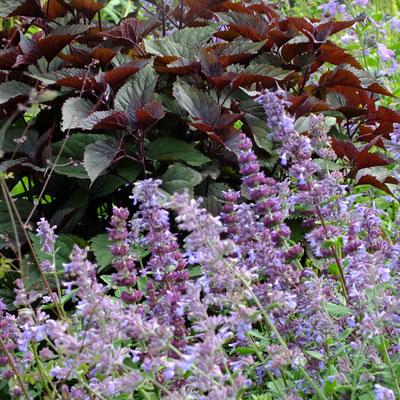
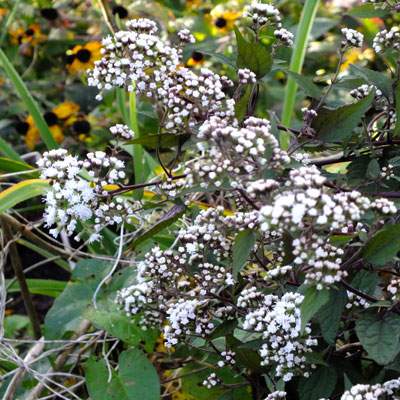

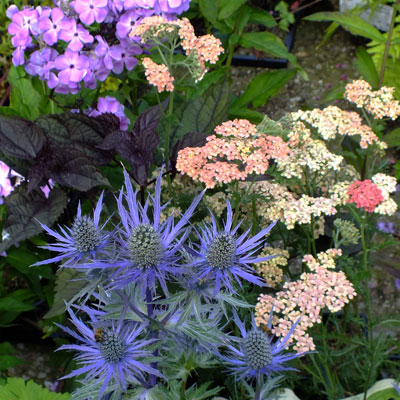

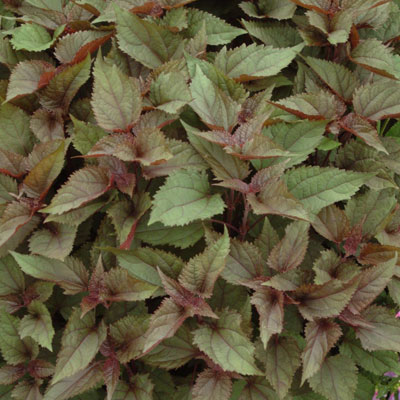
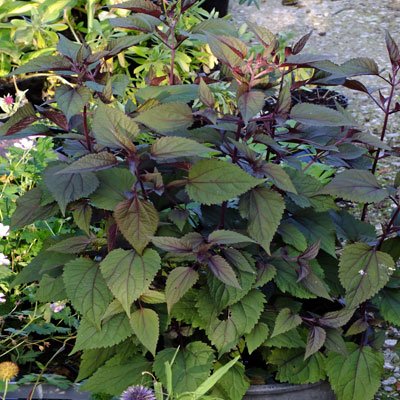

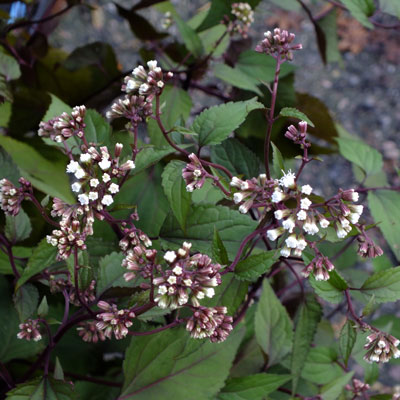

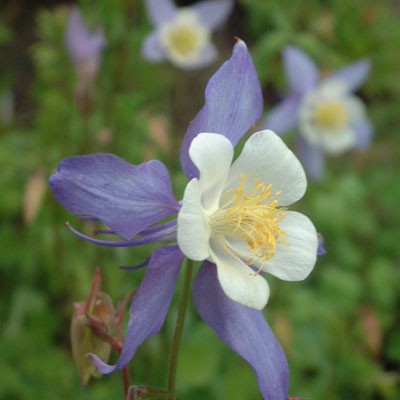

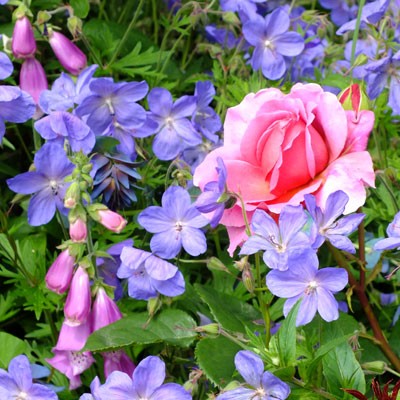
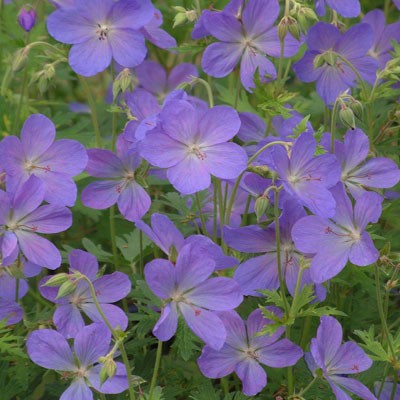
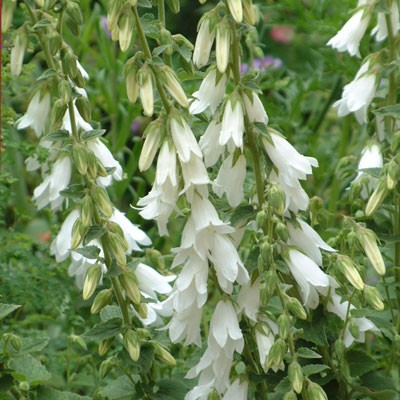


Reviews
There are no reviews yet.